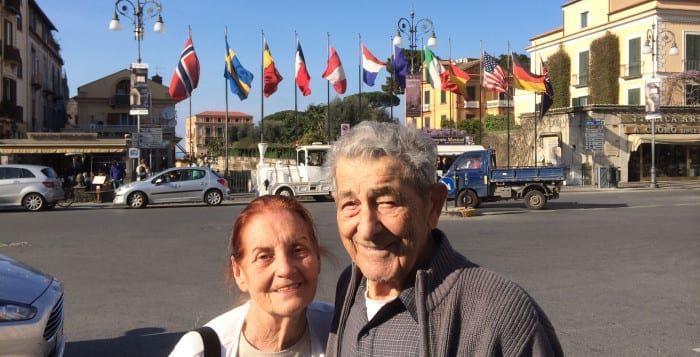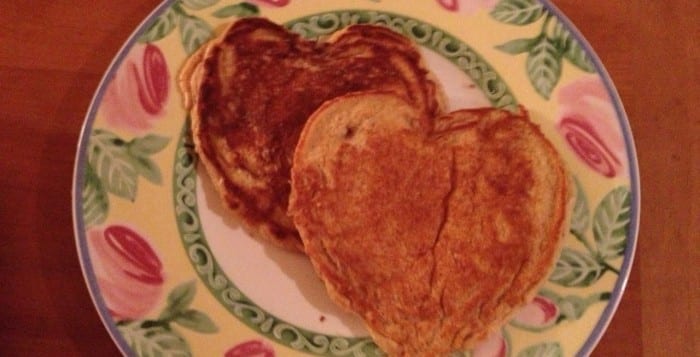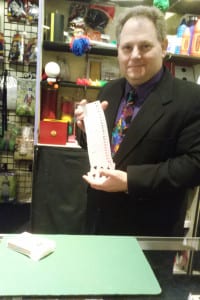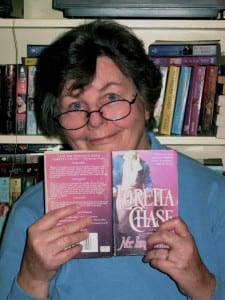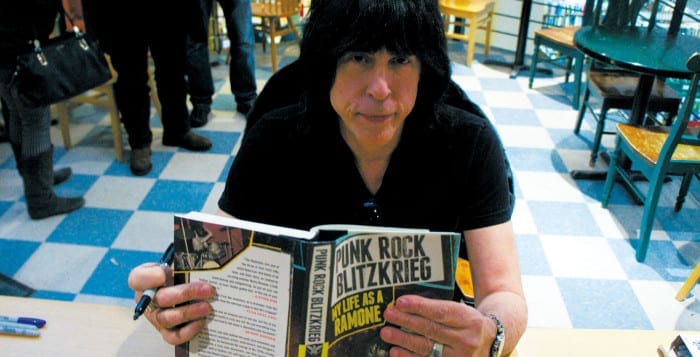By Julianne Cuba
East Northport firefighter, veteran and retired police officer Salvatore “Sam” Macedonio Sr., a former member of what was once the Town of Huntington Police Department, died from complications with lung cancer earlier this month. He was 87.
Macedonio, survived by his wife, Elaine, and his children, Gary Macedonio, Mark J. Macedonio, Lisa M. Macedonio Olofson and Salvatore Macedonio Jr., had served in the U.S. Army Air Corps during World War II.
Following his military service, Macedonio joined the Town of Huntington Police Department as a patrolman in 1954. When the department merged into the Suffolk County Police Department in 1960, Macedonio was one of its first members.
Mark Macedonio said his father was loved very much and he will be sorely missed.
“He knew everybody in the Town of Huntington and everybody knew him,” he said. “He was a very well-known fellow. From his early days growing up in Huntington until the very end, he was a very approachable, kind, person. He was a great listener and peacemaker.”
Macedonio retired from the 2nd Precinct of the Suffolk County Police Department as a senior patrolman in 1973. Since his retirement from the police force, Macedonio had co-founded Vor-Mac Auto Collision Inc. in Greenlawn, which he co-owned with his wife for more than 20 years. During that time, he was also a volunteer firefighter at the East Northport Fire Department for more than 40 years; and he was active for more than 20 of those years.

Following in her father’s footsteps, Macedonio Olofson — along with her husband, Brian, and their two daughters, Katherine and Nicole — joined the East Northport Fire Department as volunteers.
Macedonio Olofson, an EMT and lieutenant of the rescue squad, is also a school nurse at the Norwood Avenue Elementary School in Northport.
“He always taught us to give back to the community and that’s what I’m doing,” she said. “I volunteer all my free time to give back to the community.”
As the middle child in a family of 13 children, family always came first to Macedonio, his daughter said.
Born in Locust Valley on March 11, 1927, Macedonio was forced to quit high school to work on his parent’s farm — Cedar Hill Farm in East Northport — in the midst of the Great Depression. Macedonio was able to receive his high school diploma following his military service.
Henry Johnson, an 86-year-old Huntington Station resident, had worked on the Town of Huntington Police Department the same years Macedonio did.
“I just about never worked with him, but he had a good reputation, he was a hard worker and he was a good police officer,” Johnson said.
As a patrolman, Macedonio led a very distinguished career, his daughter said; he had been issued many commendations, including for bravery, meritorious service and outstanding performance of duty, as well as two heroic life-saving events in the early 1960s, Olofson recalls.
“He was widely known to many Huntington Township residents as a result of his active life, service to the community, humility and great love of all people,” she said.
Former Suffolk County Police Commissioner Richard Dormer sang Macedonio’s praises in an email statement, calling the East Northport man “a special kind of person” who was a “master of verbal judo” and could defuse volatile situations.
“He had no ego issues and brought a steadying and calm influence to his police duties,” Dormer said. “He loved the police department and when we would run into each other over the years, he would always bring up his days serving the people of Huntington Township and Suffolk County. He was so proud to be a cop.”

